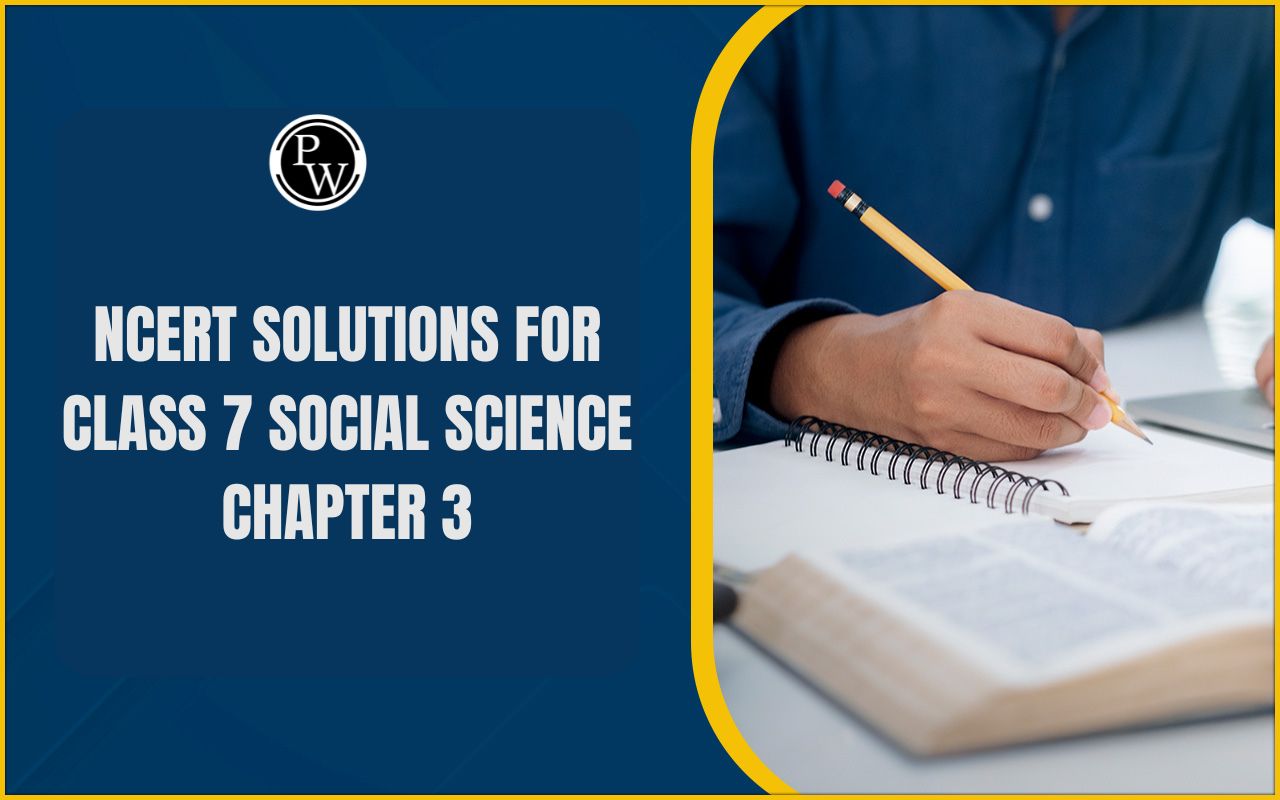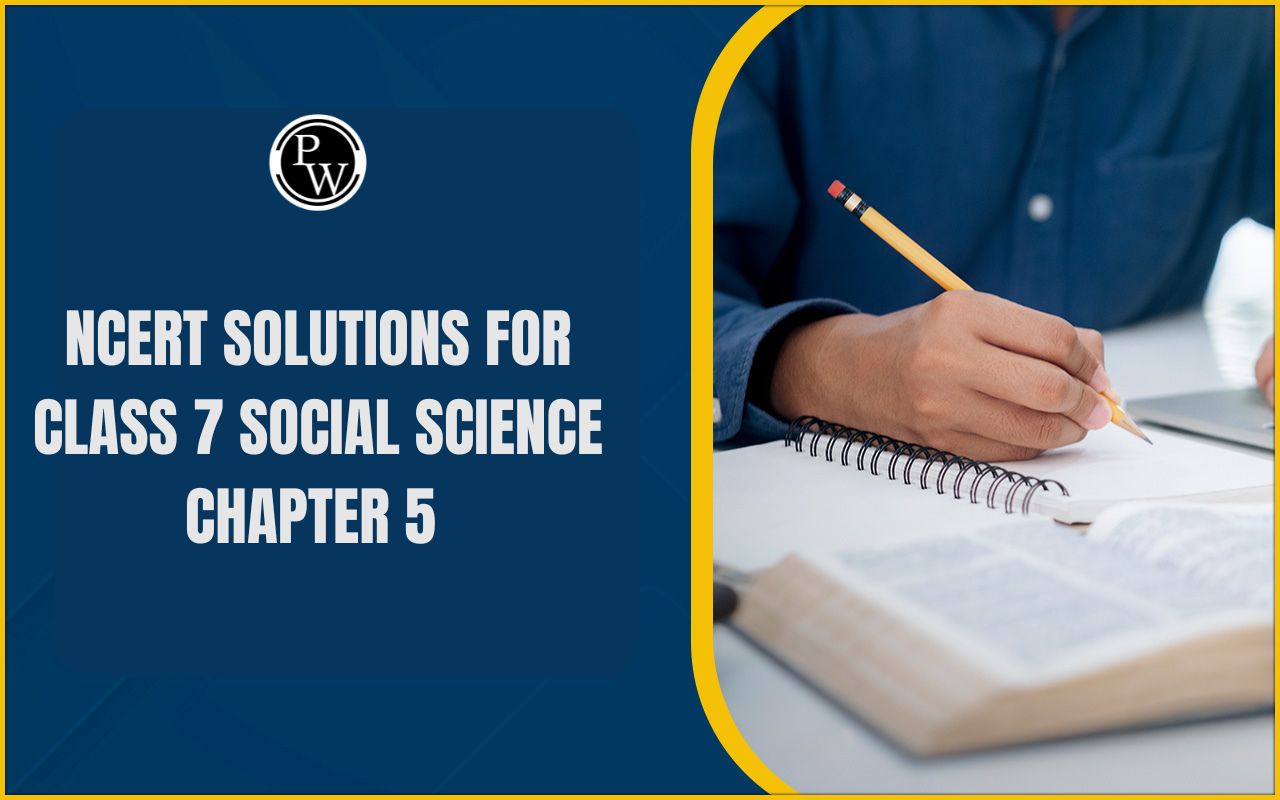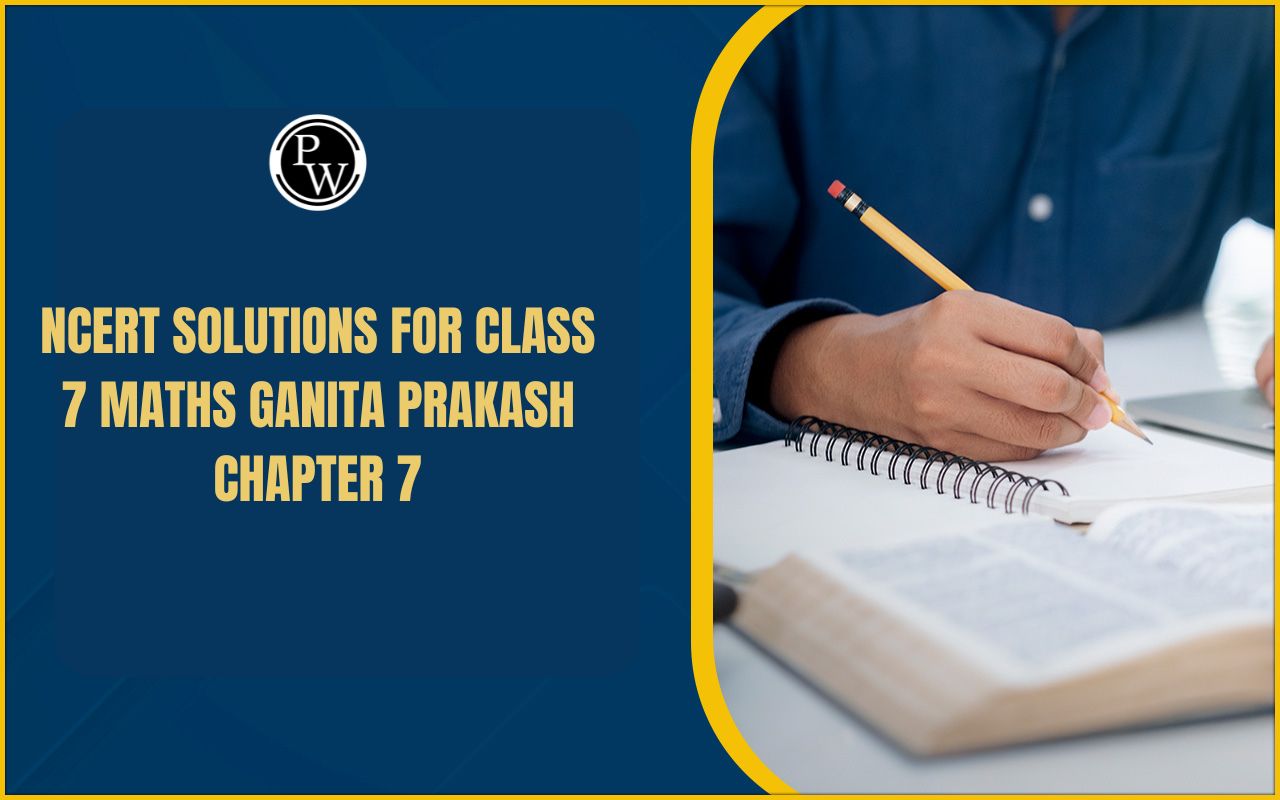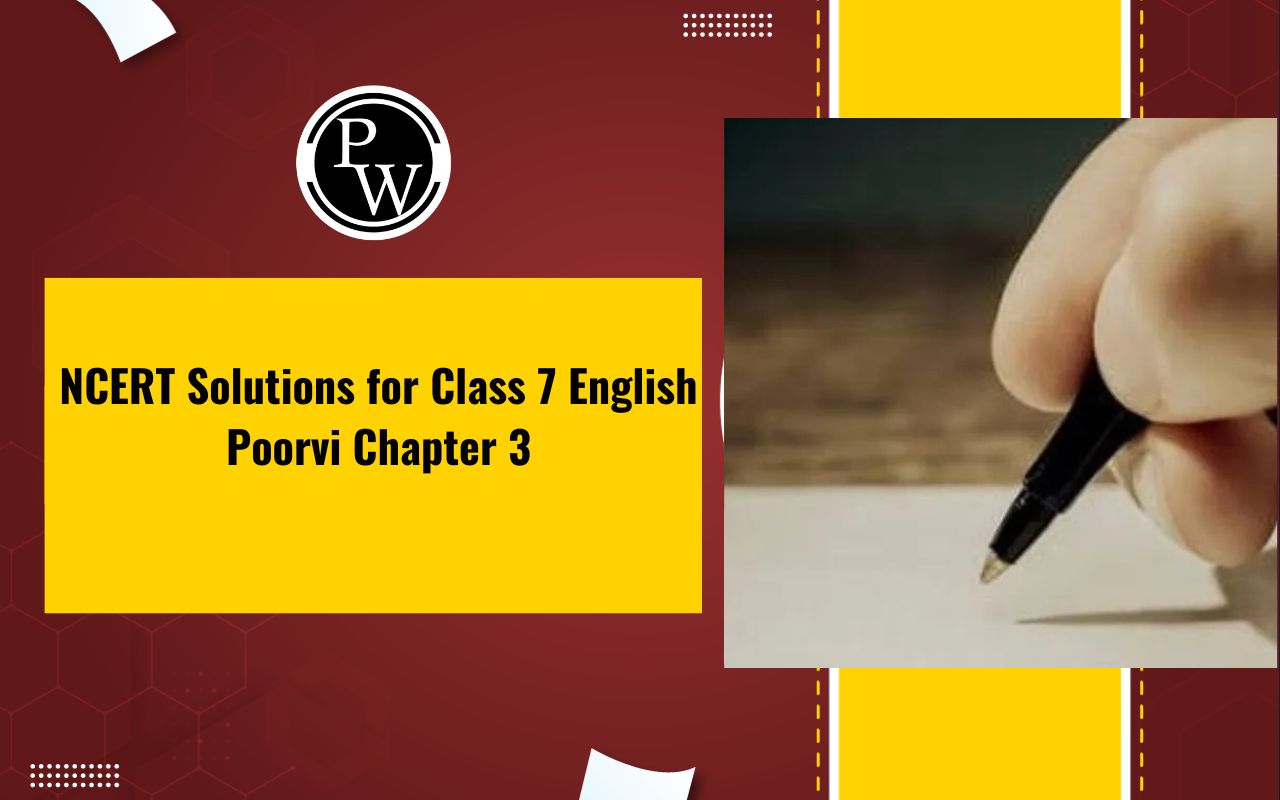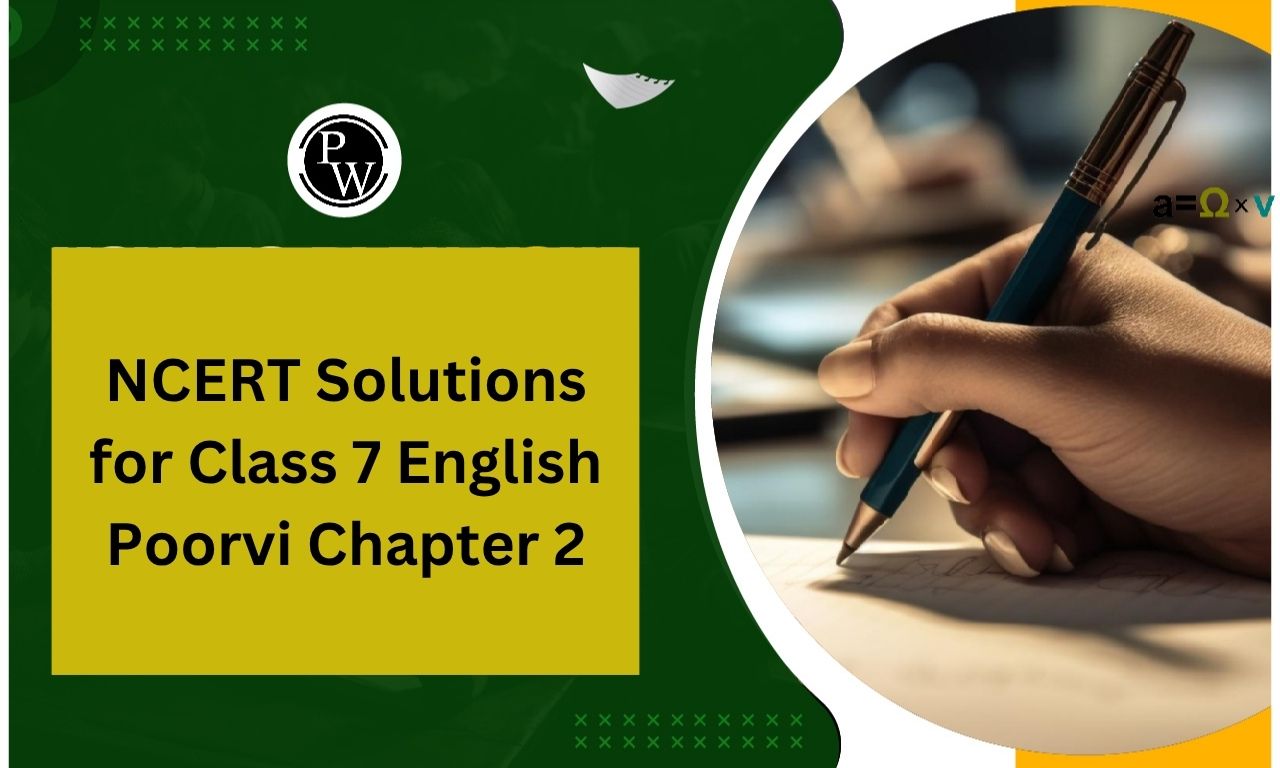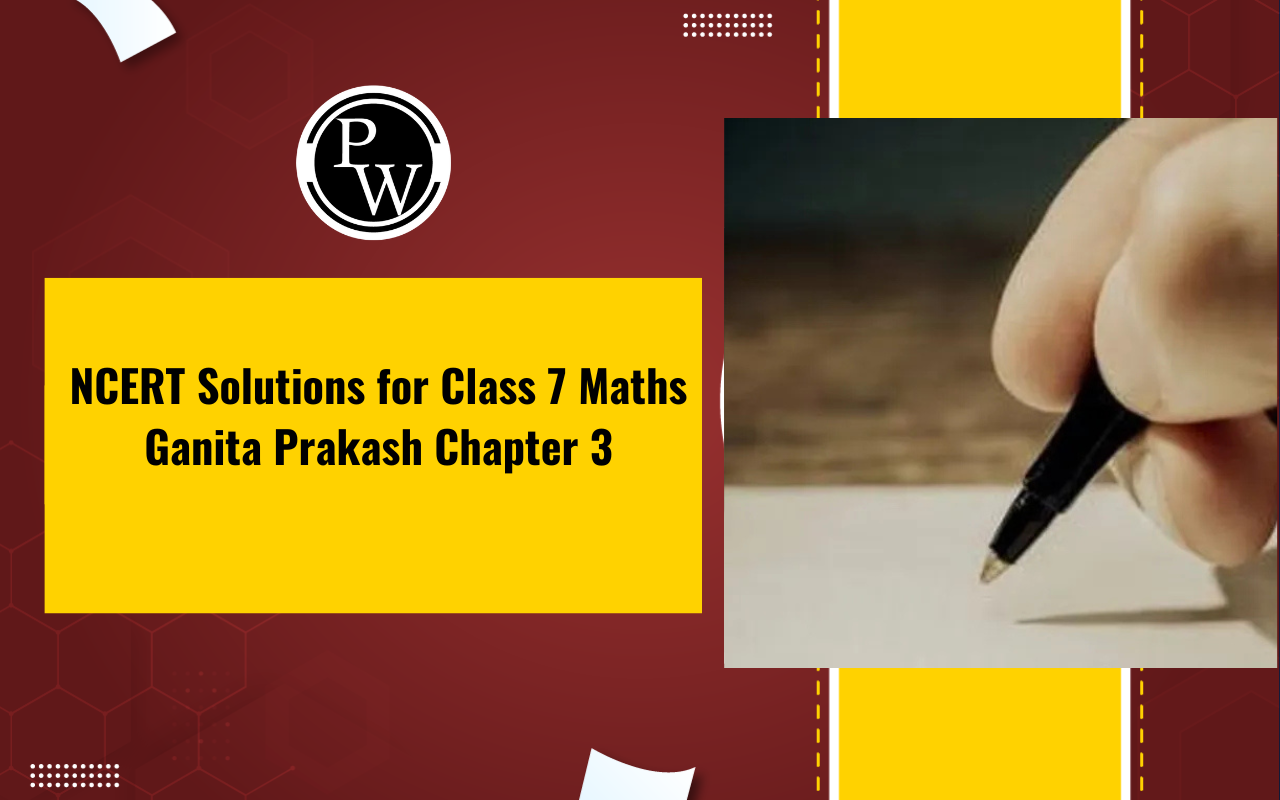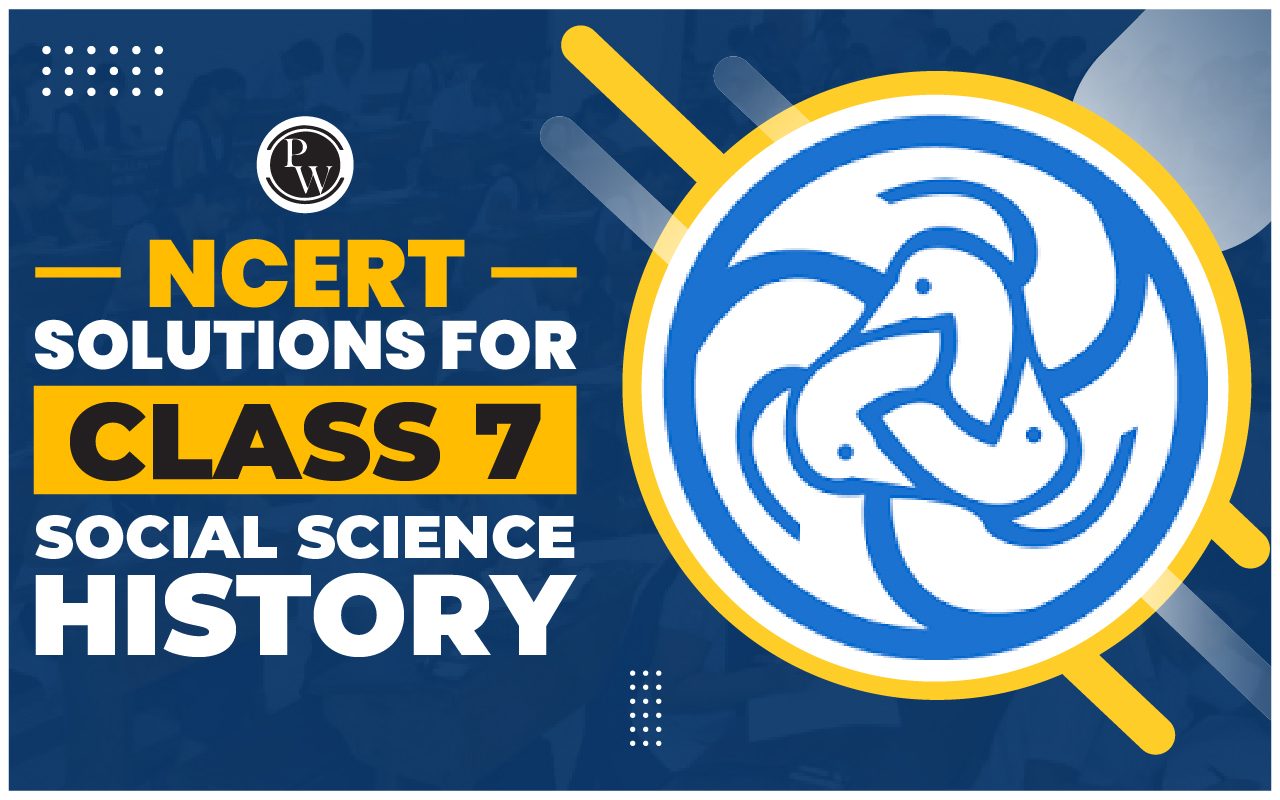
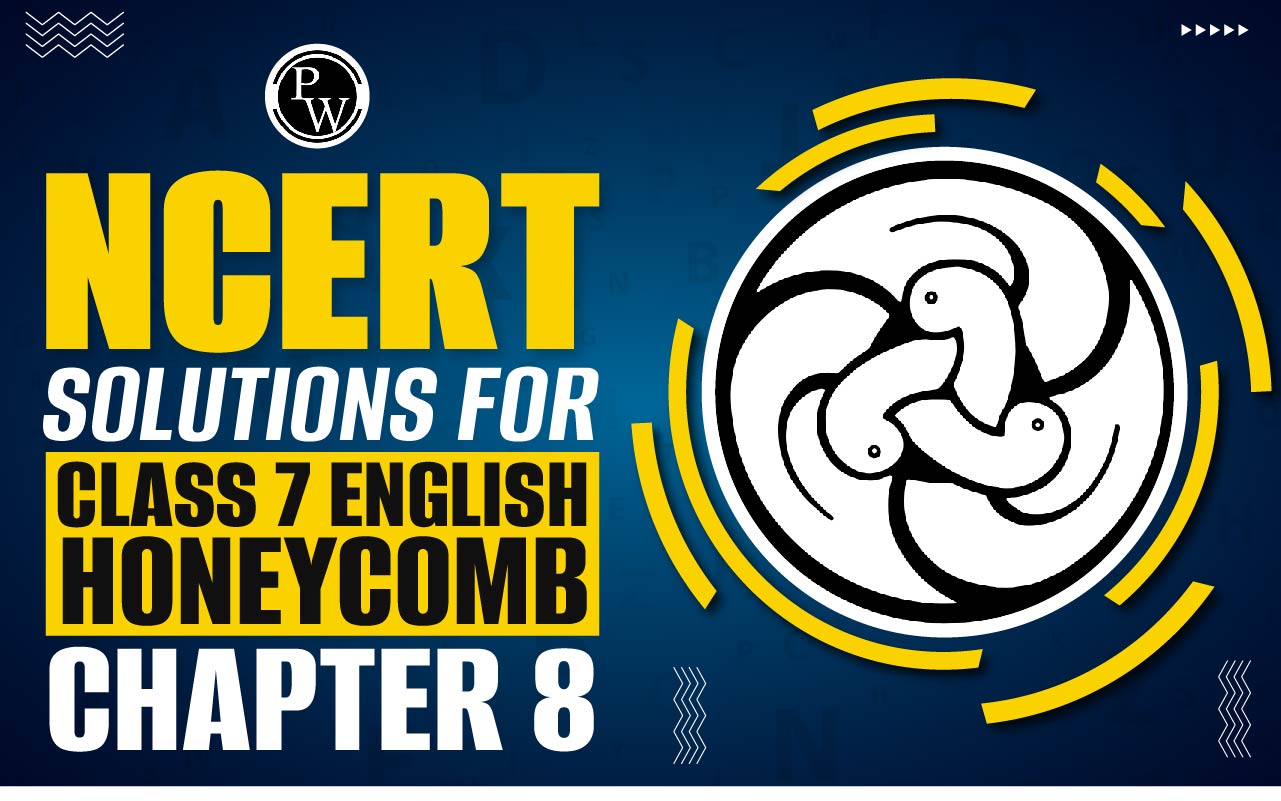
NCERT Solutions for Class 7 English Honeycomb Chapter 8
NCERT Solutions for Class 7 English Honeycomb Chapter 8: On Physics Wallah, we present the most detailed and accurate NCERT Solutions for Class 7 English Honeycomb Chapter 8 Fire: Friend and Foe. Our team of experts has written these solutions to provide students with the most reliable answers to the book's questions. In the chapter titled "Fire: Friend and Foe" we explore the benefits and drawbacks of fire as an invention. The lesson discusses the three essential conditions for creating fire and ways to prevent it. It teaches learners about various aspects of fire and emphasises its role as both a helpful servant and a dangerous master!CBSE Board Exam Centre List 2024
NCERT Solutions for Class 7 English Honeycomb Chapter 8 Fire: Friend and Foe
NCERT Solutions for Class 7 English Honeycomb Chapter 8 Fire: Friend and Foe can help students perform better in their class 7 exams. Here are the solutions in a detailed way:Comprehension Check
Answer the following questions:Question 1. Mark the correct answer in each of the following.
(i) Early man was frightened of
(a) lightning and volcanoes.
(b) the damage caused by them.
(c) fire.
Answer: (c) fire (a) Fire is energy. (b) Fire is heat and light. (c) Fire is the result of a chemical reaction. Choose the right answer. Answer: (c) Fire is the result of a chemical reaction. Question 2 . From the boxes given below, choose the one with the correct order of the following sentences.(i) That is fire.
(ii) A chemical reaction takes place.
(iii) Energy in the form of heat and light is released.
(iv) Oxygen combines with carbon and hydrogen.
a. (i) (ii) (iii) (iv) b. (ii) (iii) (i) (iv)
c. (iv) (iii) (ii) (i) d. (iv) (ii) (iii) (i)
Answer: d. (iv) (ii) (iii) (i)| CBSE Syllabus Class 7 | |
| CBSE Class 7 English Syllabus | CBSE Class 7 Math Syllabus |
| CBSE Class 7 Social Science Syllabus | CBSE Class 7 Science Syllabus |
Working with the text
Answer the following questions. Question 1 . What do you understand about the ‘flash point’ of a fuel? Answer: Every fuel has a specific temperature at which it starts to burn. This specific temperature is called the flash point or kindling temperature of the fuel. Question 2. (i) What are some common uses of fire?(ii) In what sense is it a “bad master”?
Answer: (i) Some common uses of fire are:- It is used to produce electricity
- It is used for cooking.
- It is also used to heat our home in winter.
| A | B |
| (i) fuel | Lighted matchstick |
| (ii) oxygen | Air |
| (iii) heat | Coal |
| Burning coal | |
| Wood | |
| Smouldering paper | |
| Cooking gas |
Answer:
| A | B |
| (i) fuel | Smouldering paper |
| Cooking gas | |
| Coal | |
| Wood | |
| (ii) oxygen | Air |
| (iii) heat | Lighted matchstick |
| Burning coal |
- Stop the supply of the fuel
- Bring down the heat
- Stop the supply of oxygen
 Question 5.
Match the items in Box A with those in Box B
A
Question 5.
Match the items in Box A with those in Box B
A
|
(i) To burn paper or a piece of wood,
(ii) Small fires can be put out (iii) When water is spread on fire, (iv) A carbon dioxide extinguisher is the best thing (v) Space left between buildings |
|
• It absorbs heat from the burning material and lowers the temperature.
• reduces the risk of fire. • with a damp blanket. • we hear it before it catches fire. • to put out an electrical fire. |
| (i) To burn paper or a piece of wood, | we hear it before it catches fire. |
| (ii) Small fires can be put out | with a damp blanket. |
| (iii) When water is spread on fire, | It absorbs heat from the burning material and lowers the temperature. |
| (iv) A carbon dioxide extinguisher is the best thing | to put out an electrical fire. |
| (v) Space left between buildings | reduces the risk of fire. |
- All electrical appliances must be kept far from flammable things like furniture, etc.
- Turn off the gas supply of the stove after use.
Working with language
Question 1. Read the following sentences.To burn paper or a piece of wood, we heat it before it catches fire. We generally do it with a lighted match. Every fuel has a particular temperature at which it burns .
The verbs in italics are in the simple present tense. When we use it, we are not thinking only about the present. We use it to say that something happens all the time or repeatedly, or that something is true in general.
Find ten examples of verbs in the simple present tense in the text ‘Fire: Friend and Foe’ and write them down here. Do not include any passive verbs.
Answer:- fire is the result of a chemical reaction.
- Energy in the form of heat and light is released in this process.
- When the oxygen in the air combines with carbon and hydrogen in a fuel, a chemical reaction takes place.
- Oxygen comes from the air.
- Every fuel has a particular temperature at which it begins to burn.
- For instance, we use it for cooking our food, warming our homes in winter and generating electricity.
- If fire gets out of control, it can be very dangerous.
- Vast areas of forest are also destroyed, and hundreds of people are killed or injured.
- It absorbs heat from the burning fuel and lowers the temperature.
- The blanket of water also cuts off the supply of oxygen, and the fire is extinguished.
carbon cause fire smother
(i) Gandhiji’s life was devoted to the __________ of justice and fair play.
(ii) Have you insured your house against __________?
(iii) Diamond is nothing but __________ in its pure form.
(iv) If you put too much coal on the fire at once you will __________ it.
(v) Smoking is said to be the main __________ of heart disease.
(vi) When asked by an ambitious writer whether he should put some __________ into his stories, Somerset Maugham murmured, “No, the other way round”.
(vii) She is a __________ copy of her mother.
(viii) It is often difficult to _________ a yawn when you listen to a long speech on the value of time.
Answer: (i) Gandhiji’s life was devoted to the cause of justice and fair play. (ii) Have you insured your house against fire ? (iii) Diamond is nothing but carbon in its pure form. (iv) If you put too much coal on the fire at once you will smother it. (v) Smoking is said to be the main cause of heart disease. (vi) When asked by an ambitious writer whether he should put some fire into his stories, Somerset Maugham murmured, “No, the other way round”. (vii) She is a carbon copy of her mother. (viii) It is often difficult to smother a yawn when you listen to a long speech on the value of time. Question 3: One word is italicised in each sentence. Find its opposite in the box and fill in the blanks.spending shut destroy subtract increase
(i) You were required to keep all the doors open , not __________.
(ii) PUPIL: What mark did I get in yesterday’s Maths test?
TEACHER: You got what you get when you add five and five and __________ ten from the total.
(iii) Run four kilometres a day to preserve your health. Run a lot more to __________ it.
(iv) If a doctor advises a lean and lanky patient to reduce his weight further, be sure he is doing it to __________ his income.
(v) The world is too much with us; late and soon. Getting and __________ we lay waste our powers.
Answer: (i) You were required to keep all the doors open , not shut . (ii) PUPIL: What mark did I get in yesterday’s Maths test? TEACHER: You got what you get when you add five and five and subtract ten from the total. (iii) Run four kilometres a day to preserve your health. Run a lot more to destroy it. (iv) If a doctor advises a lean and lanky patient to reduce his weight further, be sure he is doing it to increase his income. (v) The world is too much with us; late and soon. Getting and spending we lay waste our powers. Question 4: Use the words given in the box to fill in the blanks in the sentences below.across along past through
(i) The cat chased the mouse _________ the lawn.
(ii) We were not allowed to cross the frontier. So we drove _________ it as far as we could and came back happy.
(iii) The horse went _________ the winning post and had to be stopped with difficulty.
(iv) It is not difficult to see _________ your plan. Anyone can see your motive.
(v) Go _________ the yellow line, then turn left. You will reach the post office in five minutes.
Answer: (i) The cat chased the mouse across the lawn. (ii) We were not allowed to cross the frontier. So we drove along it as far as we could and came back happy. (iii) The horse went past the winning post and had to be stopped with difficulty. (iv) It is not difficult to see through your plan. Anyone can see your motive. (v) Go along the yellow line, then turn left. You will reach the post office in five minutes.Speaking and Writing
Question 1. Look at the following three units. First reorder the items in each unit to make a meaningful sentence. Next, reorder the sentences to make a meaningful paragraph.Use correct punctuation marks in the paragraph.
(i) and eighteen fire tenders struggled/the fire began on Monday/to douse the blaze till morning
(ii) in a major fire/over 25 shops/were gutted
(iii) but property/was destroyed/worth several lakhs/no casualties were reported.
Answer : (i) The fire began on Monday and eighteen fire tenders struggled to douse the blaze till morning. (ii) Over 25 shops were gutted in a major fire. (iii) No casualties were reported but property worth several lakhs was destroyed. Question 2. Read the following newspaper report given in the box below. Fire Station Goes Up in FlamesA fire chief was embarrassed when a station without a smoke alarm went up in flames. The building and a fire engine were destroyed in the blaze. Nobody was injured in the fire that was tackled by 30 firefighters in six fire engines from neighbouring towns.
Answer : Do it yourself.NCERT Solutions for Class 7 English Honeycomb Chapter 8 PDF Download
Benefits of NCERT Solutions for Class 7 English Honeycomb Chapter 8
NCERT Solutions for Class 7 English Honeycomb Chapter 8 can offer numerous benefits to students. Chapter 8 of the Honeycomb textbook is titled "A Bicycle in Good Repair." It's a part of the English curriculum designed for Class 7 students in India. Here are some benefits of utilising NCERT Solutions for this chapter:- Understanding Complex Concepts : NCERT Solutions provide simplified explanations of complex concepts found in the chapter. "A Bicycle in Good Repair" may contain vocabulary and themes that students might find challenging. The solutions break down these concepts into digestible pieces, aiding students' comprehension.
- Enhanced Comprehension : Through comprehensive explanations and answers to questions provided in the NCERT Solutions, students can enhance their comprehension of the text. Understanding the nuances of the story, character motivations, and plot developments becomes easier with the help of these solutions.
- Improved Vocabulary : The chapter may introduce students to new words and phrases. NCERT Solutions typically include a glossary or explanations for unfamiliar terms, helping students expand their vocabulary. This, in turn, can contribute to better reading comprehension and writing skills.
- Practice Questions and Exercises : NCERT Solutions often include practice questions and exercises related to the chapter. These questions are designed to test students' understanding of the text and encourage critical thinking. By solving these exercises, students can reinforce their learning and identify areas where they need further clarification.
- Structured Learning : The NCERT Solutions provide a structured approach to studying the chapter. They typically organise the content into sections, making it easier for students to navigate and focus on specific topics. This structured learning approach can enhance students' ability to retain information and apply it effectively.
- Exam Preparation : NCERT Solutions are invaluable resources for exam preparation. They cover the entire chapter comprehensively, addressing all key points and concepts that may be tested in examinations. By studying the solutions and practising the included questions, students can feel more confident and prepared for their exams.
- Self-Assessment : NCERT Solutions allow students to assess their own understanding of the chapter. By comparing their answers to the provided solutions, students can identify areas where they need improvement and take proactive steps to address any weaknesses.
- Encourages Independent Learning : With the help of NCERT Solutions, students can engage in independent learning. They can review the chapter, attempt the questions, and verify their answers using the solutions without constant supervision. This fosters a sense of autonomy and self-reliance in students, essential skills for academic success.
NCERT Solutions for Class 7 English Honeycomb Chapter 8 FAQs
What are some key takeaways from Chapter 8 of NCERT Class 7 English Honeycomb?
How can students effectively analyse and understand Chapter 8 of NCERT Class 7 English Honeycomb?
What are some discussion topics that can be explored based on Chapter 8 of NCERT Class 7 English Honeycomb?
How can I improve my comprehension skills while studying Chapter 8 of NCERT Class 7 English Honeycomb?
Are there any online resources available to supplement the study of Chapter 8 of NCERT Class 7 English Honeycomb?


